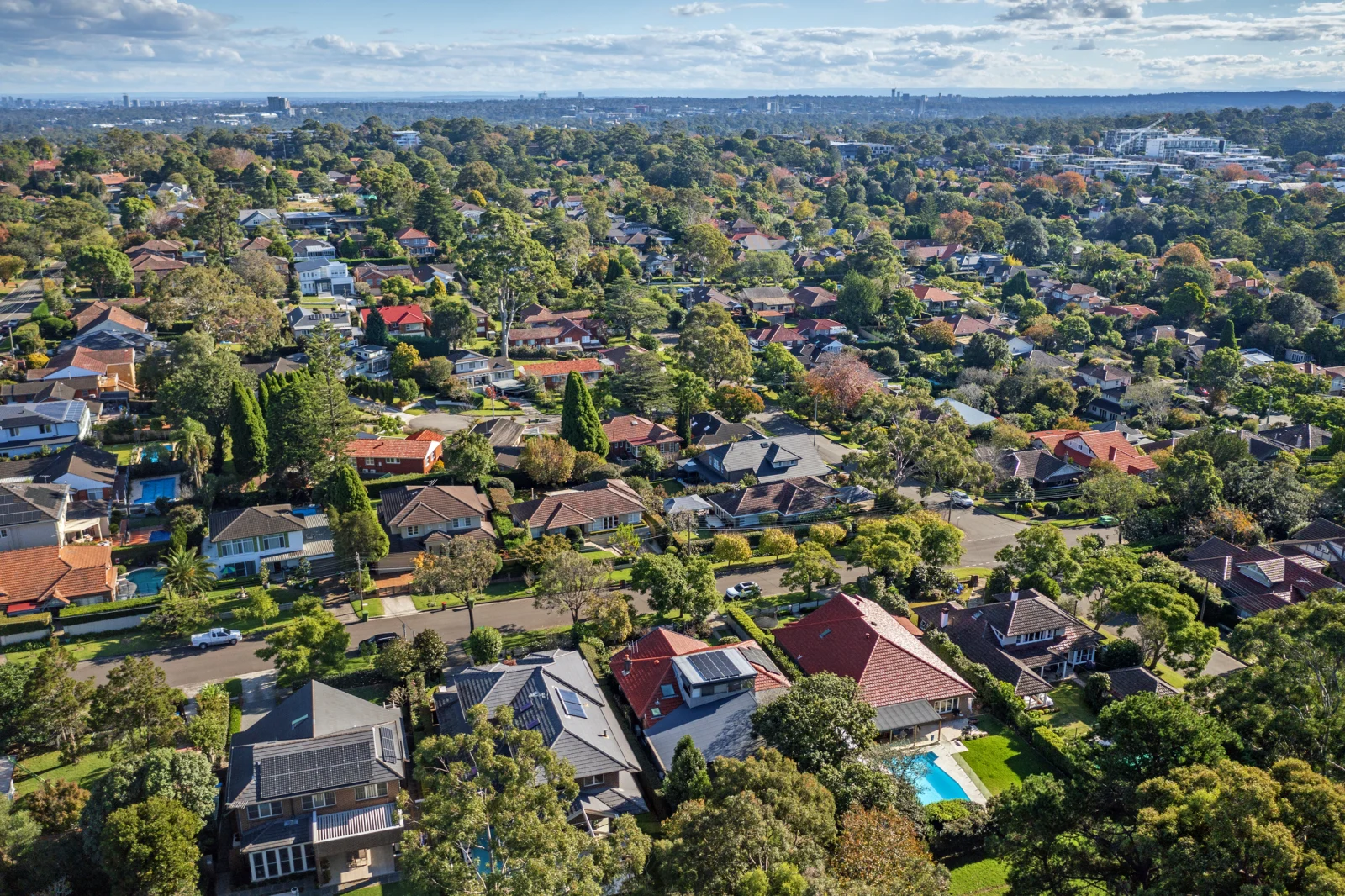
The cost of renting is still higher than a year ago, but the pace of rent price growth is starting to ease, the latest PropTrack data reveals.
National rent prices continued to edge up in the September quarter, but the pace of rental growth is slowing, according to the latest PropTrack Market Insight report.
National median weekly rents hit $610, a quarterly increase of 1.7% in the three months to September.
However, the annual growth of 7% represents the weakest annual rental growth since September 2021.
PropTrack director of economic research Cameron Kusher said a boost in rental stock and rising rents have been affecting demand.
“With more stock available for rent, and the cost of renting rising at a pace above inflation over recent years, the capacity to pay rent is now impacting demand,” Mr Kusher said.
“While the cost of renting remains higher than a year ago, the pace of price growth has slowed. This reflects an easing of rental market pressures, which we expect to continue.”
Capital city advertised median rents rose 1.6% to $640 per week over the quarter, while regional rents went up 1.9% to $540 per week.
Year-on-year, capital city rents increased 6.8% – the weakest growth since December 2021 – while regional rents jumped 8% year-on-year.
Despite being still tough for renters, Mr Kusher predicted a “more balanced” market on the horizon.
“Although the pace of rental growth is slowing and more stock is available for rent, supply remains low. However, we anticipate more balanced conditions in the coming months,” he said.
Sydney remains Australia’s most expensive capital city to rent a home, with the median advertised rent at $730 a week. This was unchanged over the quarter and 5.8% higher over the year.
Ray White corporate office head of property management NSW Nikoletta Pal acknowledged that although rental prices were still “incredibly high”, they have started to ease.
“I would even say that they’ve slightly dropped. It’s not a dramatic drop that would make it incredibly affordable to people, though, to enter the market if they haven’t been able to,” she said.
“But definitely they have softened over the last six months or so, and we’ve had to adjust the expectations.
“There isn’t the competition the media has been showing, where there are 40 people lining up for an inspection.”
Further south in Melbourne, the median advertised rent at $570 per week was cheaper than all other capital cities except Hobart, a situation “perhaps surprising to many,” Mr Kusher said.
Philip Middlemiss from Melbourne’s Re-define Real Estate said rental demand had dropped as tenants became first-time homeowners.
“We thought with the investors leaving the market, that there would be a lower supply of rental properties,” he said.
“But what we’re finding is, for every investment property that’s been offered for sale, it’s been purchased by a first-home buyer that was renting. So the demand has dropped.”
Mr Middlemiss said tenants were finding it more economical to pay their own mortgage than inflated rents: “We did a case study for one of our tenants last week, and the difference was $30 a week.”
The situation was helped by a “slight oversupply of sales” as investors fled the state due to land tax and other high costs.
After Sydney, Perth has the second-highest median rent of $650, and the highest annual growth nationally, of 12.1%.
According to Michael Coulson, of Perth’s Coulson & Co Real Estate, things also appeared to be slowing.
“The heat has come down a bit to what it was, say, six months ago,” he said.
“We are probably starting to see less tenants at home opens than we were. There just seems to be a smaller pool of tenants.”
The agency, located a half hour south of the CBD, also noted it was taking slightly longer for properties to be rented.
The data showed annual growth in unit rents (9.1%) remained stronger than annual growth in house rents (6.9%), with the gap narrowing to just $20 per week.
Hobart, regional NSW and regional Tasmania were the only markets seeing stronger rental growth over the past year, when compared to the previous year.
Sourced from realestate.com




